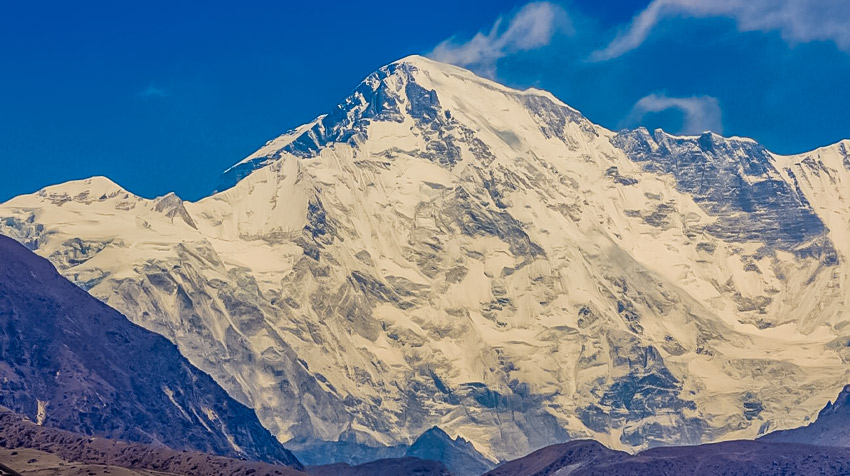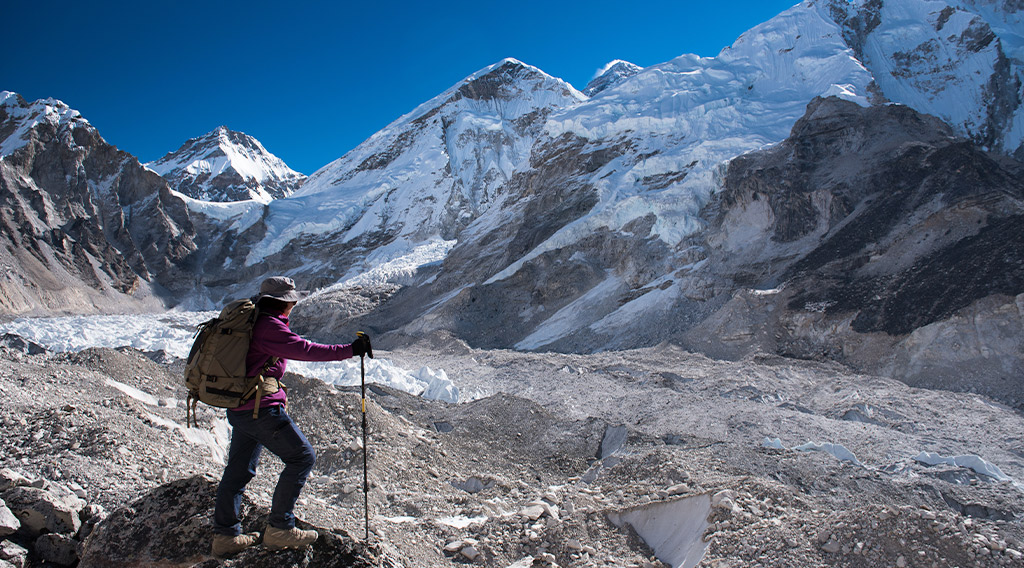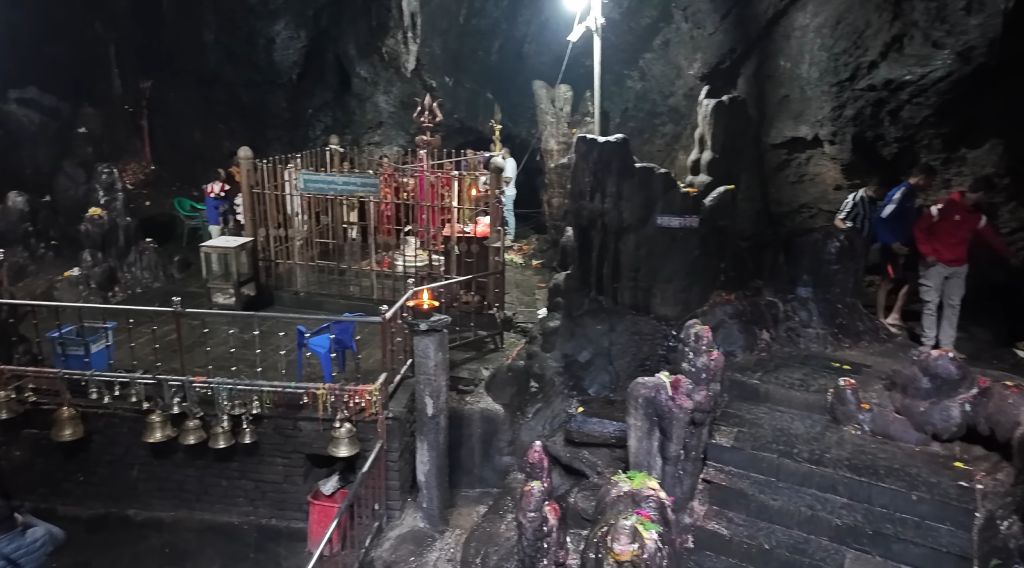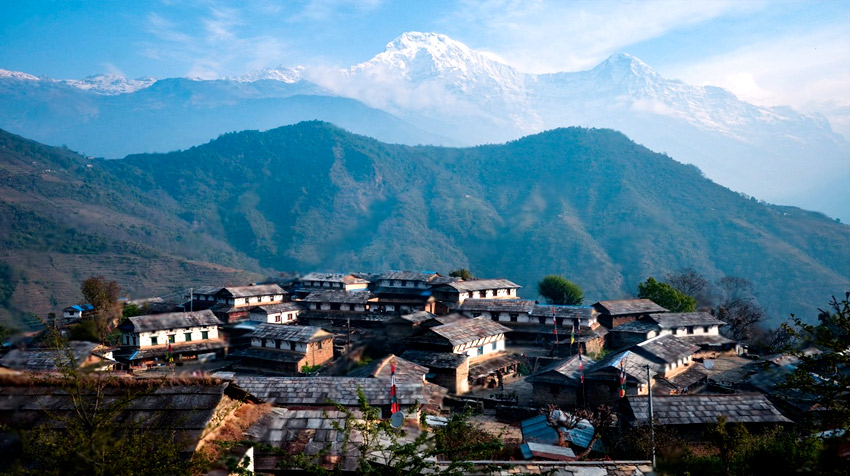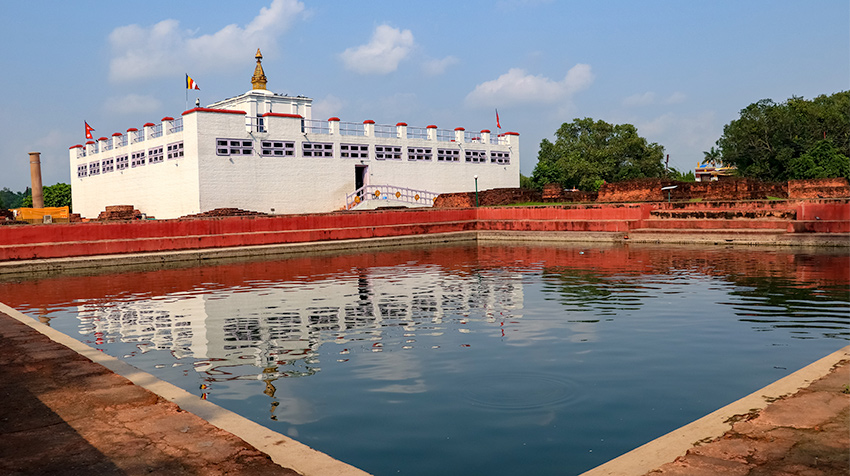9 reasons why you must go hiking in Nepal

To conquer the summit of Mount Everest, you must embark on a thrilling trek through Nepal. This adventure-filled journey is not just about reaching the peak, but also about exploring the many other breathtaking hikes that Nepal has to offer. With awe-inspiring beauty at every turn, it’s no wonder why we believe hiking in Nepal is a must! Here are our top 9 reasons to embark on this exhilarating adventure.
1) Most Hospitable People
Nepal is one of the most beautiful places on Earth and has some of the most hospitable people. The country is perfect for anyone who loves a good adventure. You can do so many incredible hikes, as well as temples, mountains, and waterfalls to explore. And if that’s not enough, because it’s such a small country, there are so many things to do without ever feeling like there’s nothing left to do. I promise this will be an experience that will forever change your life! Just ask John, a hiker from the UK, who described his trek in Nepal as 'the most awe-inspiring journey of my life '.
2) Spectacular Views
Nepal is beautiful and diverse, from the lush Terai forests to the high Himalayas. Trekking is a great way to explore our country’s varied topography and many different trails at all levels.
Nepal offers some of the world’s most spectacular views, with ranges that stretch as far as your eyes can see. Deep valleys below and snow-capped peaks stretching into a clear blue sky above.
The air is fresh and crisp at high altitudes, and your lungs will grow stronger with each breath. Hiking in Nepal is not just a feast for the eyes, but also a boon for your health. The high altitude and challenging terrain provide an excellent cardiovascular workout, while the serene surroundings help to reduce stress and improve mental well-being.
There is something mystical about standing on an isolated hilltop and looking out over miles of terrain uninterrupted by roads or villages below.
3) Nepalese Dishes
The food is not only delicious but also has good health benefits. Nepalese dishes are eaten with hands, which adds to the eating experience. Nepalese dishes, such as Dal Bhat, rice served with a bowl of lentil soup, curries, pickles, Momos, and Chowmeins, are prevalent in almost every restaurant. You can find these items on every street corner or at roadside Dhaba. Restaurants are found all over Kathmandu, so plenty of options will be available for those who like spicy food. The unique blend of spices and flavors in Nepalese cuisine is sure to tantalize your taste buds.
Nepalese cuisine has excellent taste, spices, and high nutritional value because it’s rich in vegetables and protein from lentils and beans. Many other Asian countries make their dishes too spicy for Westerners, who have less tolerance for spice than people from South Asia. With some of the highest elevation points in the world, one can still enjoy tasty meals!
4) Rich Cultural Diversity
Nepal is a country of rich cultural diversity, where each region has its unique traditions and customs. These cultural differences are most evident in the languages spoken, the traditional attire worn, and the cuisine enjoyed by people from different areas. To fully immerse in this cultural tapestry, hikers are encouraged to travel with a local guide who can share the stories and traditions of their region. The Nepali people, known for their warm hospitality, will welcome you with open arms, making your journey even more memorable.
5) History of Nepal
Nepal is a country that has been historically known for its rich culture and sophisticated traditions. It is located in the Himalayan region of South Asia and has an area of 147,181 sq km. The country’s population was estimated at 29 million people as per the 2017 Census. The Nepalese national flag consists of two triangles, which represent the two major religions in Nepal: Hinduism and Buddhism.
Nepal has a rich and fascinating history. It became a kingdom with Hindu kings ruling from 1768 to 2008 when it became a republic following the democratic revolution of 1990 (the king had been living without power). It was also ruled by various dynasties, such as Lichchabis and Mallas. The history of Nepal is a testament to its resilience and rich cultural heritage. Here, you can read the entire history of Nepal.
6) Cultural and Religious Diversity
Nepal is a country rich in cultural and religious diversity. The main religions followed in Nepal are Hinduism, Buddhism, Islam, Kirat, and Christianity. As per the census of 2011, 81.3% of the Nepalese population is Hindu, 9.0% is Buddhist, 4.4% is Muslim, 3.0% is Kirant/Yumaist, 1.4% is Christian, and 0.9% follows other religions. One of the most important temples in Nepal is Pashupatinath, where Hindus come to pay their respect to Lord Shiva by cremating the body and releasing their soul. This temple was built on the River Bagmati's banks, one of the four holy rivers for Hindus. The spiritual energy of these sites is palpable and can be a source of inspiration for hikers.
7) Nepal's Wildlife
Nepal is a treasure trove of biodiversity, with more than 6% of the world’s plants, 5% of its mammals, 8% of its birds, and 10% of its reptiles. The rich forest and diverse habitats create the perfect environment for an incredible variety of wildlife. From the endangered Bengal tiger to the elusive snow leopard, Nepal's wildlife is a sight to behold. With more than 500 types of animals on the Red List in Nepal, it’s no wonder that it is one of Asia's most important areas for conservation. From tigers to rhinos to snow leopards, monkeys to bears to pangolins, deer to antelope to elephants, there is so much waiting for you just out there: all you have to do is go hiking in Nepal.
8) Diverse Climate of Nepal
Nepal has a diverse climate that ranges from subtropical to alpine. With an average temperature of 10°C-15°C, enjoying the outdoors all year round is easy. The monsoon season runs from June through September. However, it’s not a proper time to hike, but it is one of the best times to enjoy lush green vegetation and waterfalls. Spring and Autumn are the best seasons to hike in high-altitude areas of Nepal. Those who visit during these seasons are often pleasantly surprised by the beauty of the Himalayas’ snow-capped peaks and deep blue lakes.
9) Adventure in Nepal
Nepal has an incredible diversity of terrain. From snowy mountains to tropical jungles, there’s always something to explore. In addition to hiking, Nepal offers a wide range of adventure activities, such as paragliding, bungee jumping, and white-water rafting. There are also plenty of cultures, wildlife, and history to see, making it the perfect place for an adventure.


